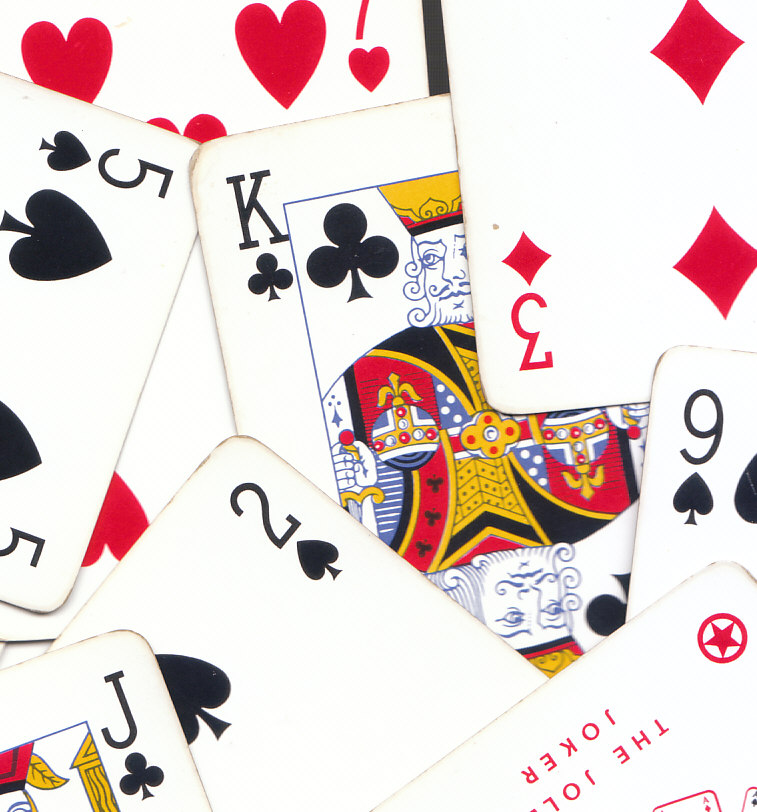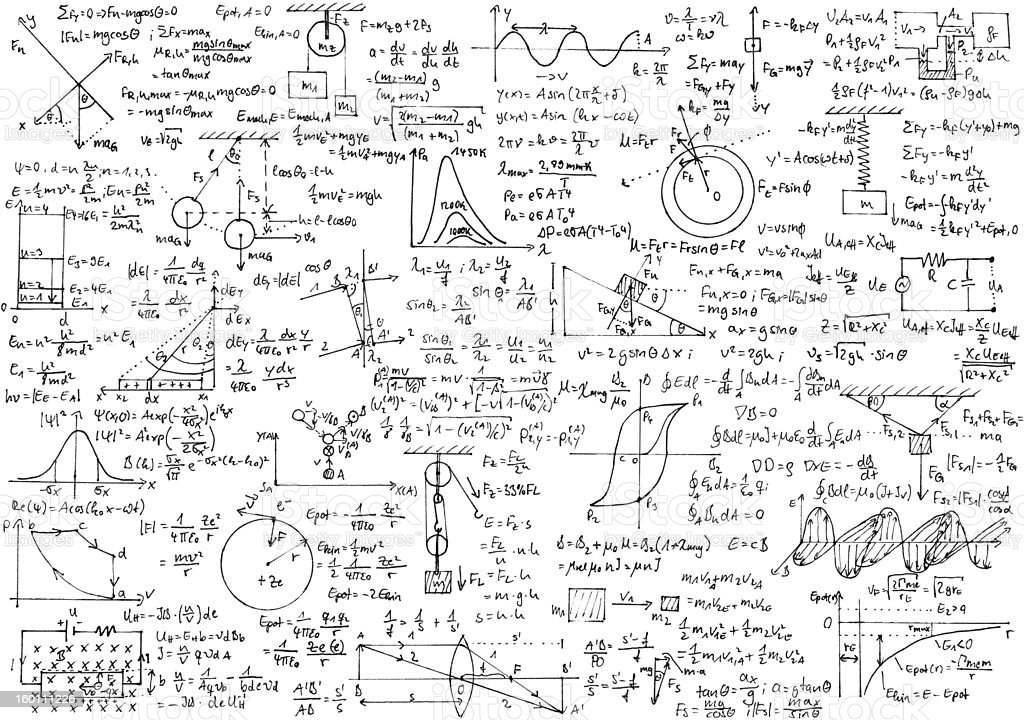The Stuff That Games Are Made Of - Texture-Rich Game Elements
One of my favorite parts about learning game design has been exploring components or elements of games that inherently have a lot of possibilities. These are elements that possess a wide number of meaningful qualities and permutations even outside of the context of an individual game. Ideally, these would be things that don’t need to be explained in the rules, that don’t need to be taught to the players – they would have some knowledge of these elements thanks to outside experience.
I feel it’s important to recognize and analyze these texture-rich elements for many reasons. Knowing them helps to understand the games that are made using those elements. Knowing the options those elements enable opens up more design possibilities and can even inspire new ideas. Plus, it’s fun to learn this stuff!
Language
I first became aware of this idea thanks to designer Zach Gage speaking about the inherent richness of language. He’s worked on many word game designs (most recently, the brilliant Knotwords), and it’s clear this is something he’s thought a lot about. You can hear more about this in a recent episode of the Eggplant podcast talking about Knotwords here.

I’m going to focus on English due to familiarity, but many of these ideas apply to other languages too. Languages are made of a ton of different components and permutations that all have a context and meaning outside of any single game. In English, letters have their own orderings (alphabetical, or by frequency), categories (vowels, consonants), and an endless amount of permutations (syllables, words, acronyms, etc.) that make the English language an incredible system to build a game around.
I feel that word games are often a bit maligned and thought of as boring, but that doesn’t necessarily have to be the case. My favorite designs play with this inherent richness and baked-in meaning that languages have to create something wonderful.
Playing Cards
When describing elements of games that are “texture-rich”, playing cards are likely one of the first options people think of. I’m specifically thinking of the French-suited 52 card deck (plus jokers), but in other cultures, other decks fulfill similar criteria (tarot decks, hanafuda, etc.).

In the French-suited deck, cards possess a huge number of options for any individual card:
- Number / Rank
- Suit (some games even put individual suits in order such as Bridge)
- Suit color (even more options in four-color decks!)
- Numbers vs face cards (the Ace card can act as both, depending on the game)
Add in the cultural elements of individual cards (such as Queens and Kings getting married), and the ubiquitous playing card deck is rife with options.
Now Hear Me Out… Physics
While those other options require some amount of cultural background, our experience with physics is a universal that all people can relate to. Despite being more tangible, saying this is a “texture-rich element” for use in game design feels a bit wrong. But I think it’s true!

We all have preconceived notions of physics, which include a wide variety of physical laws. Growing up, we develop an intuition for physics through interacting with the world around us. While cruising on a bike (due to momentum from the force of our pedaling), any number of folks have fallen off (due to gravity) and come away with a nasty scrape (friction), bruise or break (collision).
The games that draw most from this will most obviously be physics-y puzzlers. This includes video games that play physics both realistic and hypothetical (like the Portal games), and real-world games from table top toys (Don’t Break the Ice, anyone?) to massive spectacles (most sporting events).
I’d argue that this is the most widely used of any of the elements listed, especially in video games. It’s so commonplace that even the most abstract games use some element of it. What would Tetris be without gravity, or the ever-increasing speed of the pieces?
In the end, I think it’s valuable to see the individual elements that make up a game. I think these incredibly-rich ones are especially worth learning to better understand the games built using them and the options they make available.